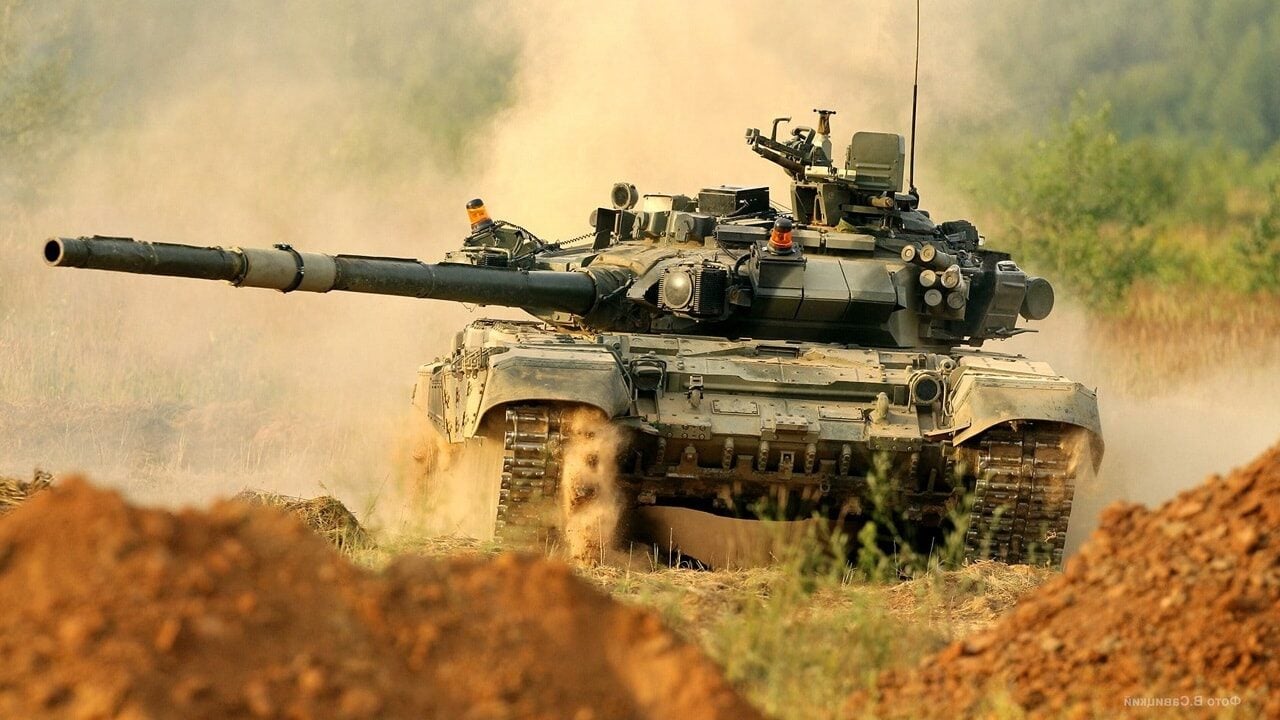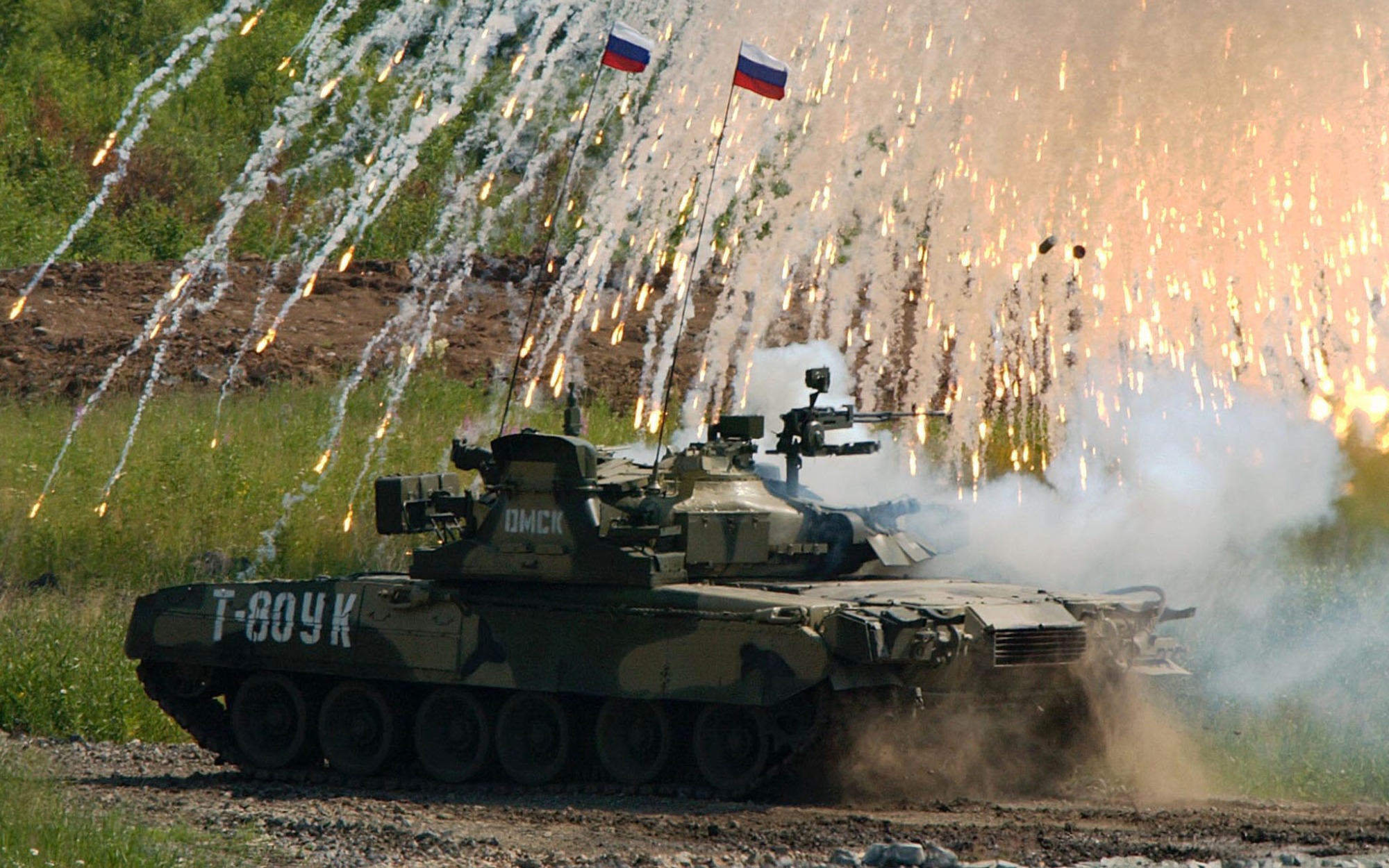U.S.-Made Landmines: A Game Changer for Ukraine’s Defense Against Russia?
The Biden administration has approved the transfer of anti-personnel landmines to Ukraine, aiming to strengthen defensive lines amid ongoing Russian aggression. This controversial decision diverges from the U.S.'s prior restrictions on such transfers, though the provided mines are "non-persistent," designed to self-deactivate after a set period (four hours to two weeks).
What You Need to Know: The Biden administration has approved the transfer of anti-personnel landmines to Ukraine, aiming to strengthen defensive lines amid ongoing Russian aggression. This controversial decision diverges from the U.S.'s prior restrictions on such transfers, though the provided mines are "non-persistent," designed to self-deactivate after a set period (four hours to two weeks).

-Critics, including the International Campaign to Ban Landmines, warn of the long-term dangers to civilians, while supporters argue the mines are vital to Ukraine’s defense.
-With Russian forces bolstered by North Korean "volunteers," the landmines could play a critical role in slowing any impending offensives.
U.S. Will Provide Ukraine With Anti-Personnel Landmines – But There's a Difference
It was announced on Wednesday that the Biden administration approved the transfer of American-made anti-personnel landmines to Ukraine. The mines will be used to enhance Ukraine's defensive lines, and the decision comes days after President Joe Biden granted Kyiv permission to fire long-range American missiles at targets within Russia, a change of the long-standing policy that limited how Ukrainian forces could employ U.S. weapons.
The decision to provide the anti-personnel mines is not without controversy, as 150 countries now ban the platforms. However, neither Russia nor the United States is a signatory to the international bans on anti-personnel landmines. The Biden administration had previously barred the transfer of U.S.-made mines, with an exception being made for South Korea, where the ordnance is used on the DMZ with North Korea.
"The U.S. must respect its own policy prohibiting landmine transfers," The International Campaign to Ban Landmines (ICBL) said in a statement on Wednesday. "As the world's largest donor to mine clearance, spending millions annually to protect civilians, it's inconceivable the U.S. would facilitate laying new mines."

The ICBL called upon Kyiv to affirm "its commitment to the Mine Ban Treaty," and the International Committee of the Red Cross warned that mines "leave a long-lasting legacy of death, injury and suffering," while adding, "mine contamination makes it impossible to use vast areas of land, compromising food production and destroying livelihoods."
An Effective Defense
Supporters of the decision to provide mines to Kyiv have argued that Russia is already using the mines, while Ukraine remains on the defensive – and is fighting for its very survival. Land mines could slow, even stop any Russian assault deeper into Ukraine's territory.
Secretary of Defense Lloyd Austin told reporters he believed transferring the mines is "a good idea."
Ukraine has indicated it may withdraw from the treaty due to military necessity. Russian forces have reportedly deployed enough landmines and unexploded ordnance to cover upwards of a third of Ukrainian territory. Those mines have proven highly effective.
"A broad belt of dense minefields in southern Ukraine stymied a Ukrainian counteroffensive in the summer of 2023 and gravely wounded a large but undisclosed number of Ukrainian soldiers," The New York Times reported.

Timed Mines
The types of mines that will likely be sent to Ukraine have been described as "non-persistent," and after a period of time will become inert. This could range from four hours to two weeks.
Russia has been massing its forces, aided by thousands of "volunteers" from North Korea – and the mines could help slow down an expected offensive.
"What we've seen most recently is because the Russians have been so unsuccessful in the way that they have been fighting, they've kind of changed their tactics a bit, and they don't lead with their mechanized forces anymore. They lead with the dismounted forces who are able to close and do things to kind of pave the way for mechanized forces," Austin told reporters while in Laos for talks with Southeast Asian defense officials.
The timing is noteworthy as Laos continues to clear landmines that were placed decades ago. Last month, Russia also announced it would help Laos with the clearing efforts – even as the Kremlin deploys mines in Ukraine.
Author Experience and Expertise: Peter Suciu
Peter Suciu is a Michigan-based writer. He has contributed to more than four dozen magazines, newspapers, and websites with over 3,200 published pieces over a twenty-year career in journalism. He regularly writes about military hardware, firearms history, cybersecurity, politics, and international affairs. Peter is also a Contributing Writer for Forbes and Clearance Jobs. You can follow him on Twitter: @PeterSuciu. You can email the author: [email protected].
Image Credit: Creative Commons and/or Shutterstock.
From the Vault


